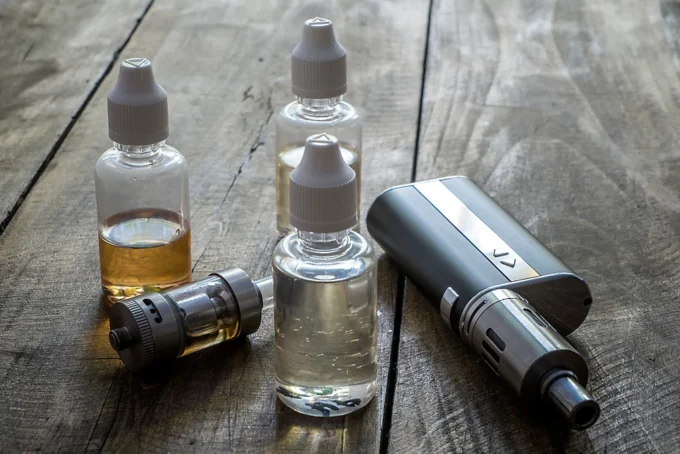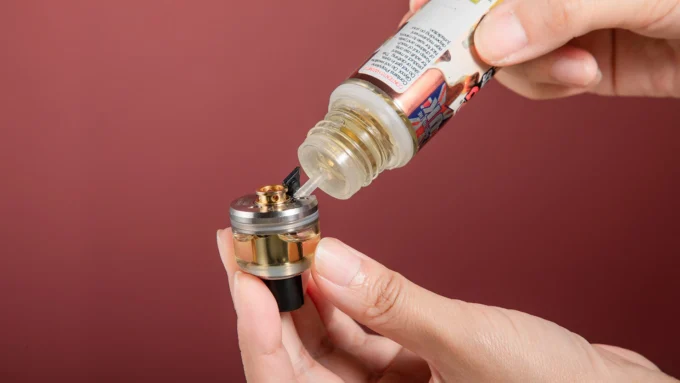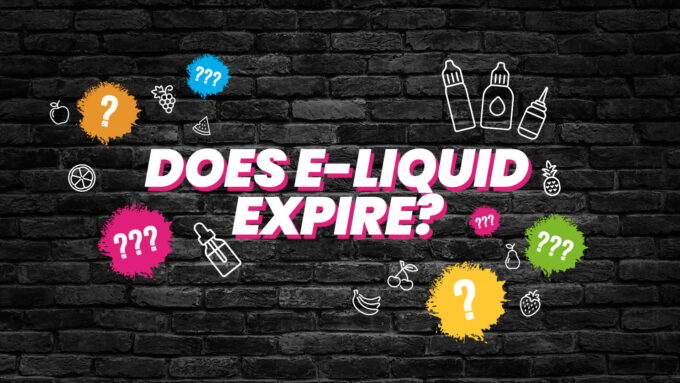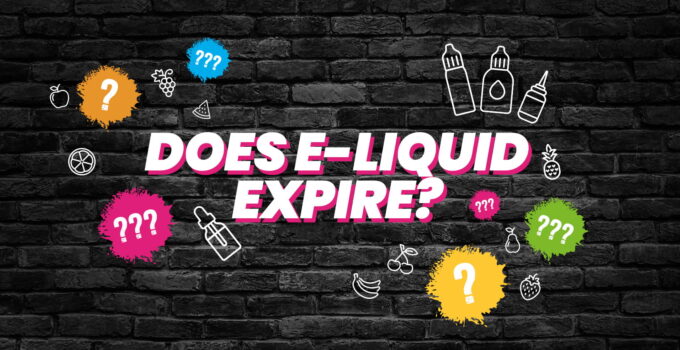The rise of vaping as a popular alternative to traditional smoking has catapulted e-liquids to the forefront of consumer consciousness. With a vast array of flavors and strengths, e-liquids have become a staple for enthusiasts and casual vapers alike. Understanding the shelf life of e-liquid is crucial for maintaining the quality and safety of your vaping experience. This guide aims to demystify the factors affecting its longevity, offering practical storage tips and insights to ensure your vaping journey is both enjoyable and informed.
What is E-Liquid?

E-liquid, the lifeblood of the vaping world, is a simple concoction with complex characteristics. At its core, e-liquid consists of propylene glycol (PG) and vegetable glycerin (VG), two solvents that carry nicotine and flavorings. PG lends a throat hit mimicking the sensation of smoking, while VG is responsible for the dense vapor clouds. The balance between these ingredients affects the viscosity and taste, making the composition a pivotal aspect of the vaping experience. Nicotine, added for its stimulant properties, and a plethora of flavorings, from the simple to the exotic, complete the mix, offering a tailored vaping experience.
Factors Influencing Shelf Life
The shelf life of e-liquid is influenced by its ingredients, storage conditions, and exposure to light and air. Nicotine, a reactive substance, degrades over time, especially when exposed to sunlight or oxygen, reducing potency and altering the flavor profile. The flavorings, too, can diminish, leading to a less enjoyable vaping experience. Storage conditions play a critical role; temperature fluctuations and improper sealing can accelerate degradation. Understanding these factors is key to preserving the integrity and longevity of your e-liquid. For products that will last longer you should always buy from trusted sources such as vapovor.com.
Typical Shelf Life of E-Liquid

Source:youtube.com
Under optimal conditions, e-liquids can last between one to two years. However, this varies based on the presence of nicotine. Nicotine-free e-liquids generally have a longer shelf life due to the absence of nicotine, which oxidizes over time. Conversely, products with higher nicotine concentrations may have a shorter lifespan as the nicotine degrades, impacting the overall flavor and effectiveness. It’s essential to note the manufacturing date and keep track of the age of your e-liquids to ensure they remain within their best-before period.
Signs of E-Liquid Going Bad
E-liquids nearing the end of their shelf life exhibit noticeable changes. The color may darken due to nicotine oxidation or ingredient degradation. Flavor changes are common; once vibrant tastes may become muted or altogether different, often acquiring a stale or off-putting note. Additionally, viscosity changes, either thickening or thinning, can affect how the liquid vaporizes. Being aware of these signs can help you determine when it’s time to replace it to maintain a quality vaping experience.
Importance of Proper Storage
Proper storage is paramount for preserving the quality and extending the shelf life of e-liquid. Exposure to air, light, and extreme temperatures can significantly accelerate the degradation process, compromising the flavor and potency. By understanding and implementing effective storage solutions, vapers can ensure their product remains as fresh and potent as the day it was bottled, providing a consistently satisfying experience.
Storage Tips for Prolonging Shelf Life
To maximize the shelf life of e-liquid, consider the following guidelines: Store in a cool, dark place away from direct sunlight and heat sources to prevent degradation. Use airtight containers to minimize oxygen exposure, which can oxidize nicotine and flavorings. Glass bottles are preferable for long-term storage as they don’t interact with the it like some plastics can. Lastly, small bottles can be beneficial; by limiting the amount of air in the bottle with each use, you reduce the rate of oxidation.
Best Practices for Handling E-Liquid

Source:facebook.com
Handling e-liquid with care is crucial to prevent contamination and degradation. Always ensure hands are clean to avoid introducing impurities. When filling tanks or cartridges, avoid spilling it on the device to prevent damage and wastage. After use, tightly seal the container to limit air exposure. Following these simple yet effective practices can maintain the integrity and potency of your e-liquid.
Effects of Improper Storage
Improper storage can lead to the rapid degradation of e-liquid, affecting both flavor and nicotine strength. Exposure to high temperatures can alter the chemical composition, while light and air exposure can oxidize nicotine and fade flavors. These changes not only diminish the vaping experience but can also pose health risks, as the breakdown products of degraded components are unknown. Prioritizing proper storage is essential for a safe and enjoyable vaping journey.
Extending Shelf Life Through DIY Solutions
For those who venture into making their own e-liquid, extending shelf life starts with proper ingredient handling and storage. Use high-quality, pharmaceutical-grade PG, VG, and nicotine, and store them in cool, dark environments. Mixing in small batches reduces the risk of degradation, ensuring fresher eproduct. Using amber or cobalt glass bottles can protect against light, further preserving the quality of your homemade concoctions.
FAQs About E-Liquid Shelf Life

Source:facebook.com
Q: Can I use e-liquid past its expiration date?
A: While using slightly outdated e-liquid isn’t immediately harmful, it may offer a subpar vaping experience due to flavor or nicotine degradation.
Q: How can I tell if my e-liquid has gone bad?
A: Changes in color, flavor, or viscosity are telltale signs that your product may be past its prime.
Q: Does freezing extend the shelf life of e-liquid?
A: While freezing can slow down the degradation process, it’s not generally recommended due to potential changes in viscosity and separation of ingredients upon thawing.
Conclusion

Source: theelectroniccigarette.co.uk
The longevity of e-liquid is contingent upon a myriad of factors, from its ingredients and nicotine content to how it’s stored. By understanding the signs of e-liquid nearing the end of its shelf life and implementing proper storage practices, vapers can ensure their supplies remain fresh and enjoyable. Whether you’re a seasoned vaper or new to the scene, prioritizing the care of your product can significantly enhance your vaping experience, keeping it safe, satisfying, and flavorful for as long as possible.







